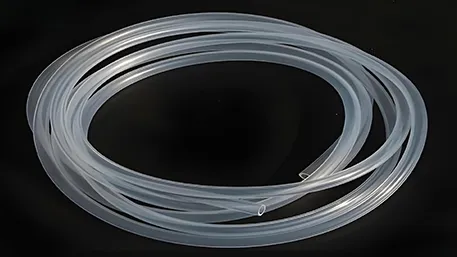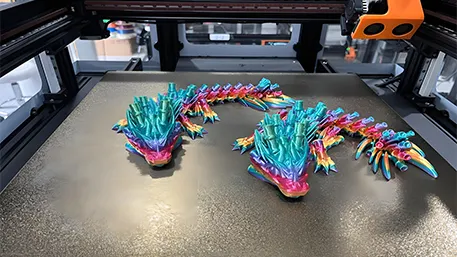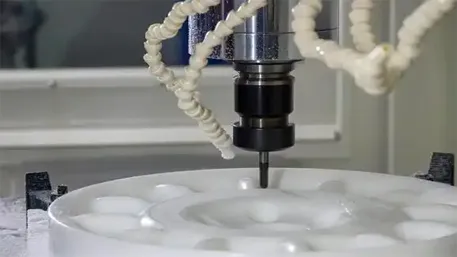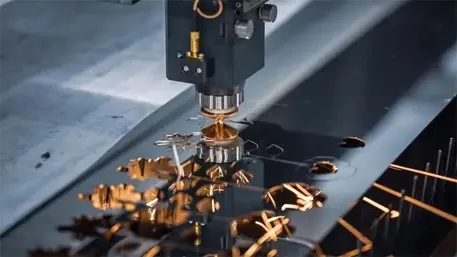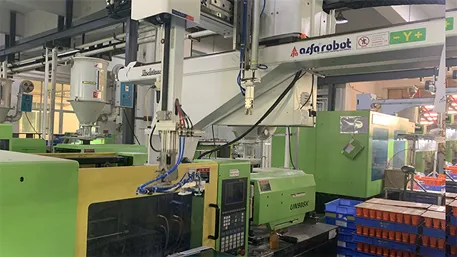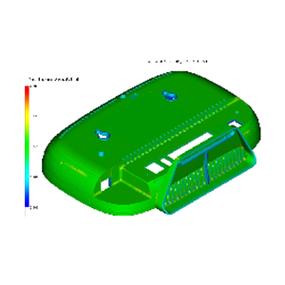The vacuum injection molding process is a widely used molding technology in manufacturing, especially for making complex shaped plastic products. The process combines vacuum technology and injection molding technology to produce high-quality products efficiently and accurately in a short period of time. Vacuum injection molding process is not only characterized by low cost and high production efficiency, but also by stable product quality, so it has been widely used in automotive, electronics, medical equipment and other industries.
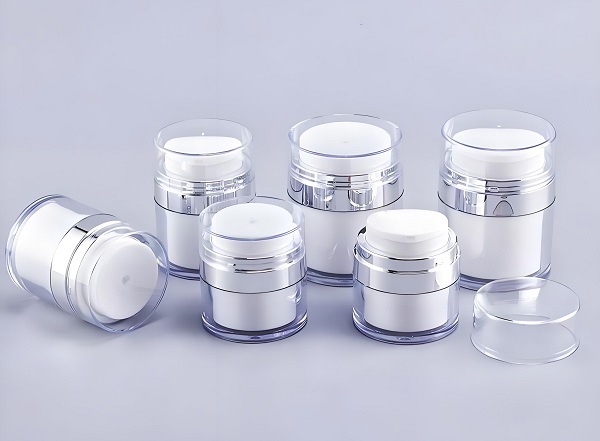
1. Vacuum injection molding characteristics
High precision: vacuum injection molding process can accurately replicate the shape and details of the mold to ensure the dimensional accuracy and surface quality of the product.
High efficiency: Shorten the production cycle and improve the production efficiency through rapid heating and cooling process.
Low cost: short mold making cycle, relatively low production cost, suitable for mass production.
Wide applicability: applicable to the processing of a variety of plastic materials, able to meet the needs of different products.
2. Vacuum injection molded parts production process
Raw material preparation: the required plastic raw materials cut into the appropriate size of the sheet or granule for subsequent processing.
Heat softening: Place the plastic sheet or granule in the heater to soften it to a certain degree for subsequent molding.
Mold Preparation: Silicone molds or rubber molds are made according to the product design and fixed on the vacuum injection molding machine.
Vacuum Forming: Apply vacuum to the softened plastic to make it fit on the surface of the mold and form the desired shape.
Cooling and Curing: After the plastic is adhered to the mold surface to form the desired shape, it is cooled and cured by lowering the temperature or other means.
Take out the finished product: take out the molded plastic products from the mold, and carry out the necessary post-processing procedures, such as removing residual materials, trimming the edges and so on.
3. Vacuum injection molding process
Mold design: The mold design should consider the shape, size and material of the product to ensure the precision and durability of the mold.
Heating control: precisely control the heating temperature and time to ensure that the plastic material is fully softened without degradation.
Vacuum control: Control the flow and lamination process of plastic in the mold by adjusting the vacuum level and time.
Cooling control: Quickly cool the mold and plastic to ensure the stability of product shape and dimensional accuracy.
4. Vacuum injection molding application areas
Automotive industry: manufacturing automotive interior parts, shells, instrument panels, etc.
Electronic industry: manufacturing cell phone shell, TV shell, computer parts, etc.
Medical equipment: manufacturing medical equipment shell, parts, etc..
Daily life: manufacturing tableware, toys, decorations and so on.
5. Vacuum injection molding can be processed materials
Polyethylene (PE): good toughness and chemical resistance.
Polypropylene (PP): lightweight, heat-resistant, chemical-resistant.
Polyvinyl chloride (PVC): excellent processing performance and weather resistance.
Polystyrene (PS): high transparency, easy to process.
ABS resin: good toughness, strength and heat resistance.
6. Characteristics of vacuum injection molded parts made of different materials
Customized Vacuum Injection Molded Parts FAQ
Q1: What is vacuum injection molding?
A: Vacuum injection molding is a manufacturing method in which liquid resin is injected into the mold and hardened under vacuum.
Q2: What are the advantages of vacuum injection molding process?
A: Vacuum injection molding has the advantages of high precision, high efficiency, low cost and wide applicability.
Q3: What materials is vacuum injection molding suitable for?
A: Vacuum injection molding is suitable for a wide range of plastic materials, such as polyethylene, polypropylene, polyvinyl chloride, polystyrene and ABS resin.
Q4: What is the production process of vacuum injection molded parts?
A: The production process of vacuum injection molded parts includes raw material preparation, heat softening, mold preparation, vacuum molding, cooling and curing, and removal of the finished product.
Q5: In what areas is vacuum injection molding used?
A: Vacuum injection molding has a wide range of applications in automotive, electronics, medical devices and daily life.
Through the above introduction, I believe you have a better understanding of vacuum injection molding process. If you need customized vacuum injection molding parts, please feel free to contact us, we will provide professional service and high quality products for you.

